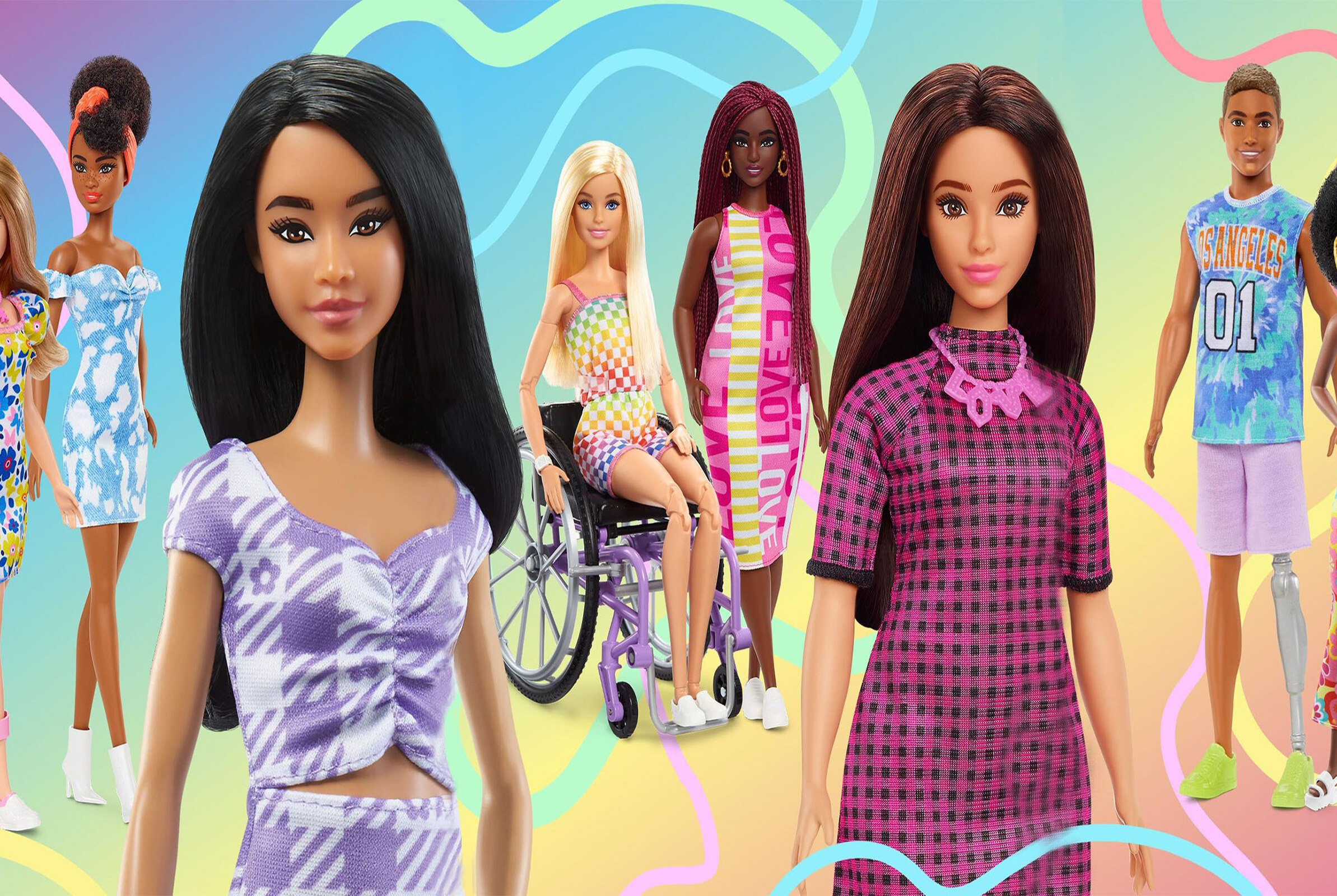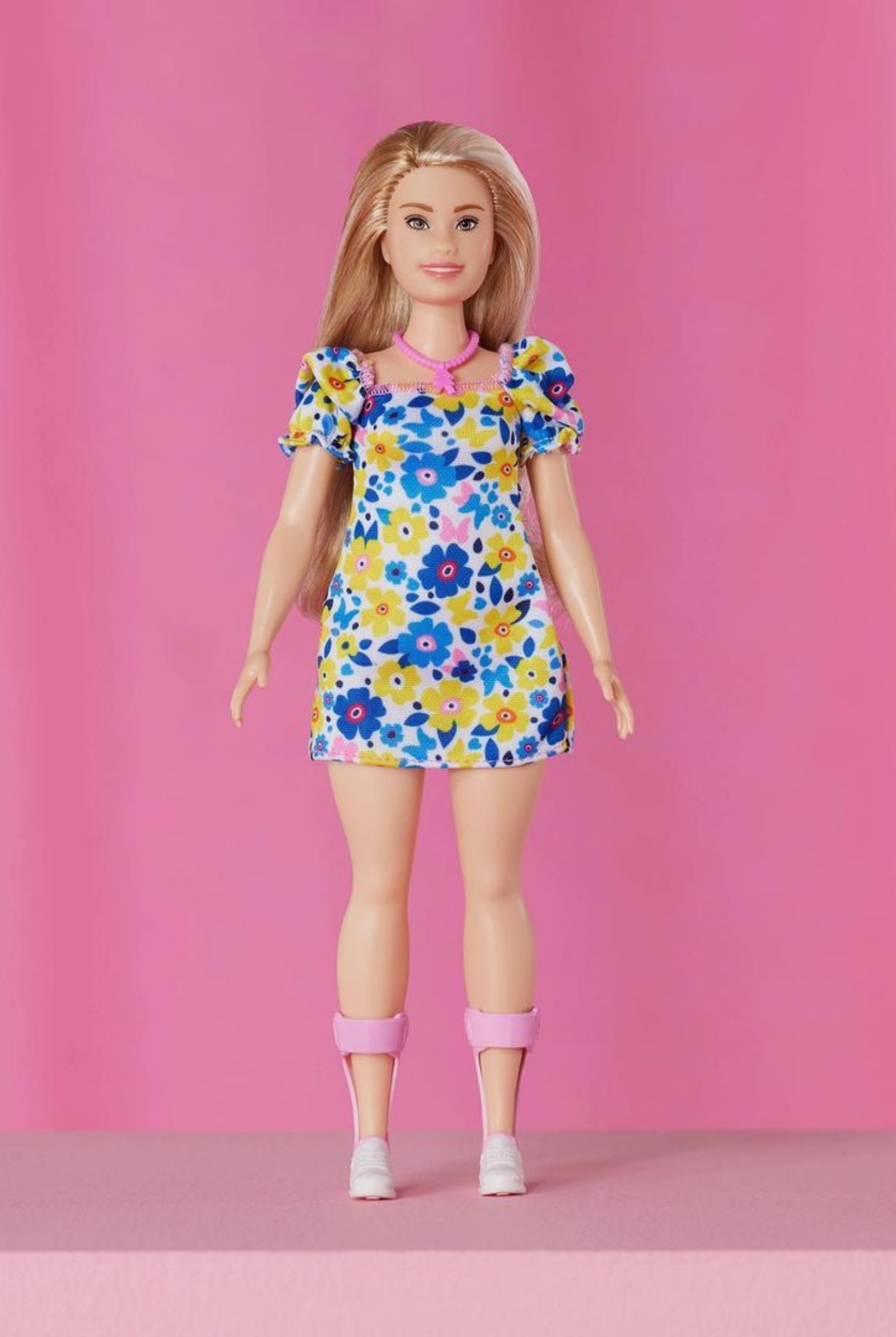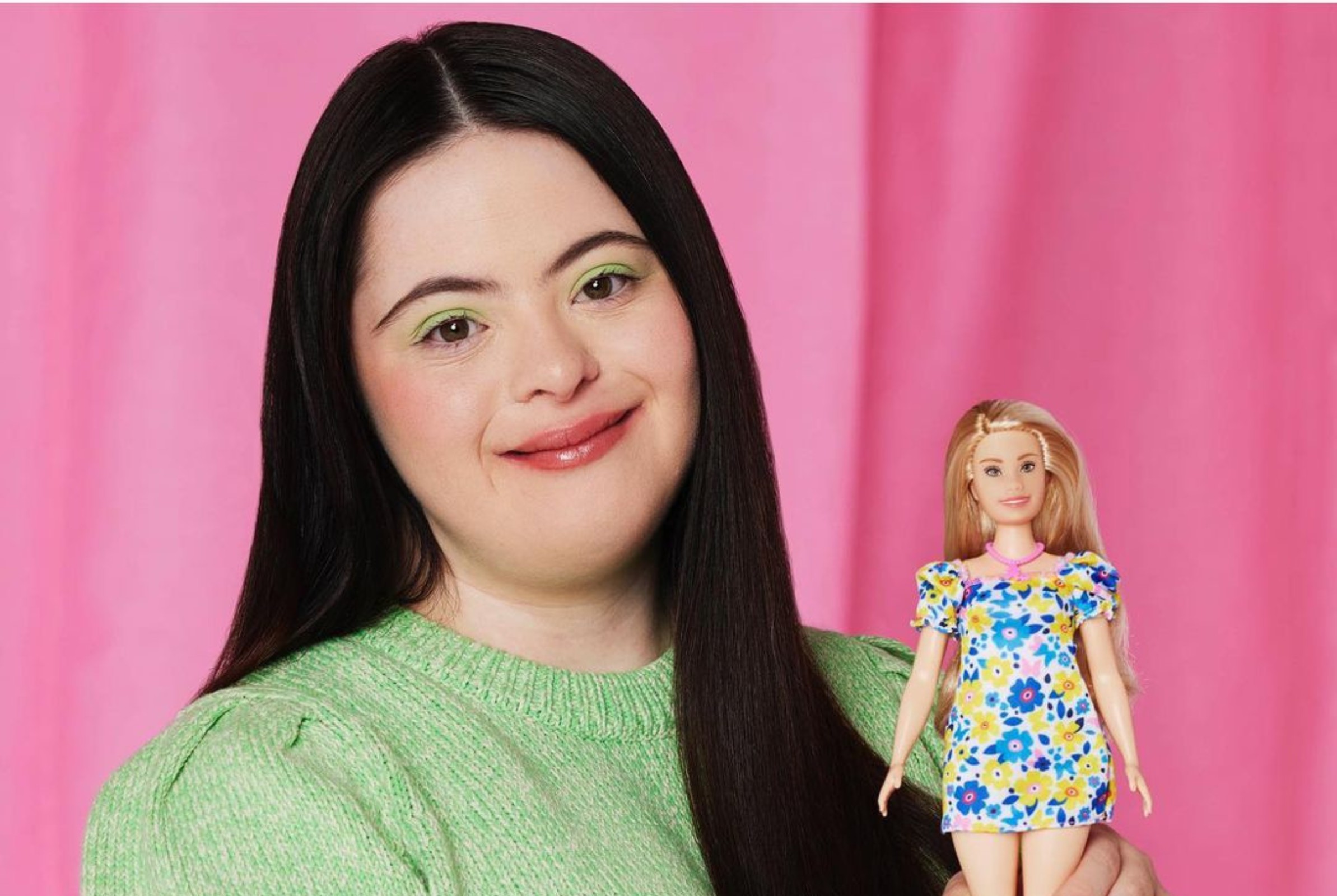The retelling of Barbie’s story in the modern era is all about acceptance and diversity
The ever-so-classic Barbie dolls have been one of the relevant ideals of beauty for children and adolescents worldwide. Unfortunately, this Barbie effect continued on as a dominant standard over the years. Since its creation in 1959, Mattel has maintained its popularity from one generation to another. However, generations are analyzed with changes in views over time, which signaled the toy company to reinstate their long-term advocacy of representation—creating dolls to mirror the world around us.
RELATED: Barbiecore to Come Back in Mainstream Culture
The birth of the Fashionista line

With the arrival of the most diverse doll line called The Barbie Fashionistas in 2020, more and more people were able to appreciate its openness to include those who are often excluded in society—one that this generation has been longing to see in their own collections. This powerful movement of representation includes dolls without hair, with a skin condition called vitiligo, and even prosthetics.
Encouraging the masses to “find a doll that speaks to them,” the toy giant also introduced Barbies with a variety of skin tones, hair and eye colors, body types, and styles eight years ago. It was then recorded that more than 170 dolls encompass a diverse range, celebrating every identity’s contribution to the world at large.
A new addition to the Barbie universe
In partnership with the National Down Syndrome Society (NDSS), Mattel introduced the first-ever Barbie with Down Syndrome as the latest addition to the Fashionista line. According to reports, the toy company approached NDSS to design the one-of-a-kind Barbie’s physical features in detail.

The finished product includes the doll’s shorter frame, longer torso, and a rounder face with smaller ears, a flat nose bridge, and almond-shaped eyes. Even the yellow and blue colors of its dress represent Down Syndrome awareness. Moreover, the pink pendant necklace with layers pointing upward symbolizes the three copies of the trisomy, which is a genetic condition that causes the physical features and developmental challenges of a person with the syndrome. It also wears ankle foot orthotics as a number of children with Down Syndrome use this pair to support their feet and ankles.
According to a news report, Lisa McKnight, global head of Barbie and Dolls at Mattel said that she is hoping the new doll will spark understanding and empathy. She then ended her statement with a vision of a more accepting world in the future.
During the launch of the new Barbie doll, Mattel invited families who have children with Down Syndrome, to which the parents shared how they appreciate this movement by saying, “Doll play is the beginning of your heart and your mind to differences in other people.”
Barbie’s commitment to diversity
It is no surprise how inclusivity and diversity continue to be the driving forces of many brands in society. In Mattel’s Instagram caption, Kandi Pickard, President and CEO of NDSS shares, “This Barbie serves as a reminder that we should never underestimate the power of representation. It is a huge step forward for inclusion and a moment that we are celebrating.”

In fact, Ellie Goldstein, a fashion model with Down Syndrome celebrated the launch of the Barbie doll. In the caption, the fashion model felt emotional and proud to show the world the unique doll. “Diversity is important as people need to see more people like me out there in the world and not be hidden away, Barbie will help make this happen.”
Indeed, Barbie champions the power of representation as they are driven by the strengthened voice of this generation since it is a refreshing shift in views beyond beauty and fashion. With that said, we surely can’t wait for more unique additions to the Barbie universe until we all have a doll that exactly represents each and every one of us.
Featured Image: ELLIE GOLDSTEIN (via Instagram)










